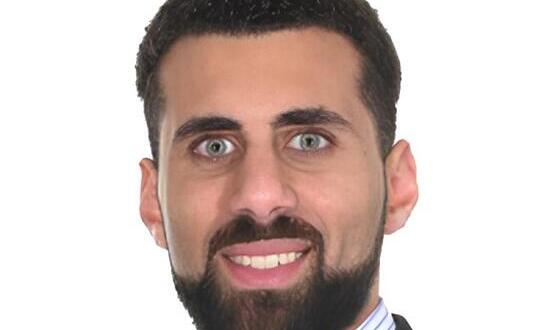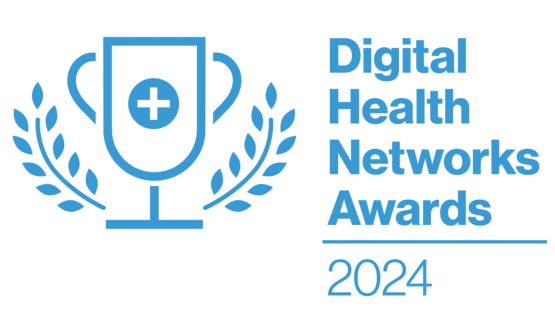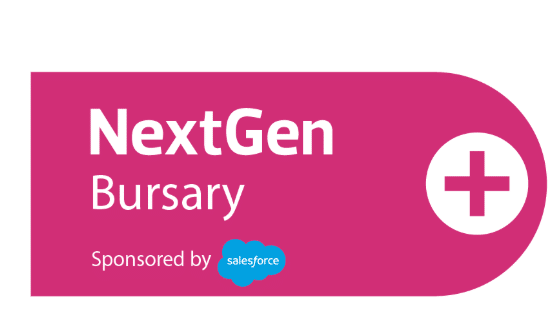CCIO profile: Dermot O’Riordan
- 18 August 2014

The picture on Dermot O’Riordan’s Twitter stream (@dermotor) shows him wearing fluorescent cycling gear and holding up a medal.
Understandably, as it turns out that the medal was for completing this year’s ‘L’Etape du Tour’, a mountain stage of the Tour de France that is open to non-pro cyclists.
The 2014 etape, from Pau to the summit of the Hautacam, looked tough before the weather intervened. Yet, as O’Riordan says, “it started to piss down on the Tourmalet” (the highest road in the Pyrenees, which cyclists had to tackle on their way to the final peak).
A journalist who rode the route reported that the mountains were “enveloped in cloud and lashed by hail”, that the switchbacks on the descent had become “shallow rivers” and that so much water was falling on the route that he “half-expected to be smacked in the chops by a herring”.
Yet O’Riordan was only riding the etape as a prelude to a bigger event, the Alpine Challenge, in early September. “That really is going to be tough,” he says. “I’m not really built for this. I’m not a natural mountain goat.”
No moaning
Instead, O’Riordan says he got into cycling in London, where he did his medical and then surgical training in the late 1980s and early 1990s.
He got back into cycling by commuting to work at West Suffolk NHS Foundation Trust, then joined a club, and then started taking on challenges.
This pattern is one that O’Riordan seems to have repeated throughout his career. While he was doing his surgical training, he became president of the Association of Surgeons in Training and a member of the British Medical Association’s Junior Doctors’ Committee.
He admits this was because while “I love surgery” he was also interested in how the health service works – and frustrated by colleagues without the same level of engagement.
“I can get frustrated by doctors who say ‘everything would be wonderful if only they – whoever they are – listened to me’ – and then take a step back when somebody asks them. I have always had the attitude of not moaning but trying to make things better.”
O’Riordan became a consultant at his present trust in 2001 and was soon promoted to director of surgery, where he changed on the on-call rota. He went on to become assistant medical director and then medical director, a job he held for five years.
At the same time, he sat on the council of the Royal College of Surgeons, worked with Sir Bruce Keogh on publishing performance data for surgical teams on NHS Choices, and served on the Future Forum that was set up by the government when it had to ‘pause’ the Lansley reforms; looking at the vexed issue of competition and ‘cherry picking’.
Shop floor and board level
O’Riordan really got involved in IT when the trust started to look at replacing its patient administration system, which “is 19 years old” and supplied on a contract that “sunsets at the end of next year.”
Being medical director, getting involved in the PAS replacement and continuing to work on the on-call rota was too much, and he stepped down from the first position, becoming the trust’s chief clinical information officer, instead.
Somewhat ironically, he was then asked to become interim chief executive, a post he intends to hold until someone can be recruited to the substantive position, when he wants to get back into surgery.
Even if he only intends to be in his present post until November, O’Riordan is one of relatively few medics, and almost certainly the first CCIO, to sit in a trust’s chief executive’s chair.
He says his knowledge of what it is like “to be on the shop floor, at 8pm on a Sunday night” wrestling with an IT system “that can help in some ways, but get in the way in others” is “very useful”; and he would like to see more clinicians taking up senior management roles.
Then again, he points out, they may not be all that appealing. A surgeon who decides to be a chief executive on a permanent basis will be taking a “one way ticket” into a job that may pay less.
And, given the political pressure on the health service and the high turnover of trust chief executives, they will certainly be taking a ticket to a job that is a lot less secure.
“It needs to be considered,” he says. “I absolutely accept the need for accountability. But most successful organisations are led by people who have been in charge for a long time.”
Best of breed or single supplier?
O’Riordan’s own trust is well regarded locally and delivers good care – something he puts down to the staff and the organisation’s culture, which he hopes he has “done something to shape”, over the years.
Similarly, it’s IT is relatively advanced; but clinicians have to log-into a lot of different systems and applications to get the best out of what is in place. O’Riordan wants this to stop, and for all staff to have “all the information they need in one place to provide safe and effective care.”
The result is that the trust has decided to move away from its existing, ‘best of breed’ approach to creating an electronic patient record, and to move towards the ‘single supplier’ model.
As EHI reported last week, it has just signed a ten-year contract with Cerner to implement its Millennium EPR; taking the patient administration system, as well as modules for A&E, clinical noting, nursing observations, and patient deterioration.
“In the end, it we had a decision for the board to take,” he says. “Did they want a single, integrated record, in which case Cerner was the best option, or did they want a PAS replacement and a best of breed approach.
“The second might have been cheaper, but it would have replicated the problems that we have. The way forward, for modern healthcare, was single system.”
From here to maternity
The trust, which runs a 480 bed hospital in Bury St Edmonds for a core population of around 275,000 people, is planning a relatively rapid deployment.
It hopes to go-live in October next year, with an “accelerated roll-out” of e-prescribing to follow, and a potential deployment in maternity and theatres on the cards.
O’Riordan says this should be achievable, given the relatively simple structure of the trust in comparison to, say, Cambridge University Hospitals NHS Foundation Trust 30 miles away, which is planning a huge go-live with the US system Epic this October.
“They have a huge proliferation of systems and they have invested a lot of clinical time in that deployment, which I admire,” he says. “We do not have that. Although I’m sure we’ll face our own challenges, and there will be some white-knuckle moments.”
Asked for an example of what success will look like, he suggests the adoption of IT in maternity. “We are not electronic in maternity, but I want them to come forward and say ‘we want to go live’ [with the new system],” he says.
Finding routes to investment
West Suffolk is planning to spend £17.2m on its Cerner project, and hopes to generate £22.4m of savings from avoiding duplication and improving productivity.
O’Riordan also wants it to be able to share information with Cambridge and other specialist providers, with GPs and primary care, and with patients. This, he argues, should yield additional benefits, in the form of more efficient care and planning across the system.
However, he points out that as it stands there is no way for the trust to get financial support for these wider system benefits from its local commissioners and partners; and no obvious way to claim its ‘share’ of them.
“These are very expensive systems, and there needs to be a level playing field for organisations like ourselves,” he says. “We are applying to the tech fund. But the system as a whole will get the benefits, and the system as a whole needs to recognise that.
“This will not work if a bunch of organisations make their own investments, for their own reasons. We all need to work together on this.”
While the trust prepares for its next, big challenge, O’Riordan himself is fitting in long training rides for the Alpine Challenge.
This is a four day stage event, with 8,000m of climbing over some of the Tour de France’s most famous Alpine sages. Hopefully in better weather than the Pyrenees offered.




